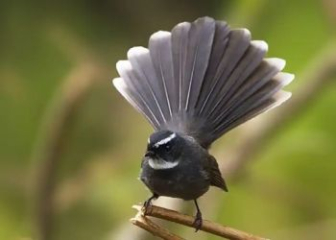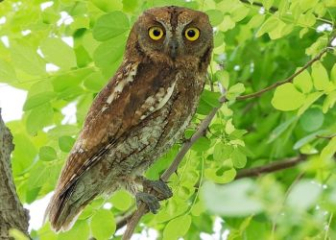Lark - Techniques for raising beautiful, best singing birds
Blog | by
The Lark (scientific name Alauda gulgula), a popular pet bird in Vietnam, has a rustic appearance but a very beautiful, clear and far-reaching singing voice.
The Lark (scientific name Alauda gulgula), a pet bird with a small, unremarkable appearance, but in return, they possess a "heaven-given" voice with a clear, far-reaching sound and can fly high and sing.
The lark is not only a popular ornamental bird in Vietnam but also a symbol of freedom, purity and simple happiness.
In today's article, let's learn in detail about the nicebirds , habits and techniques to help the Lark have the best singing voice!
Origin of the Lark
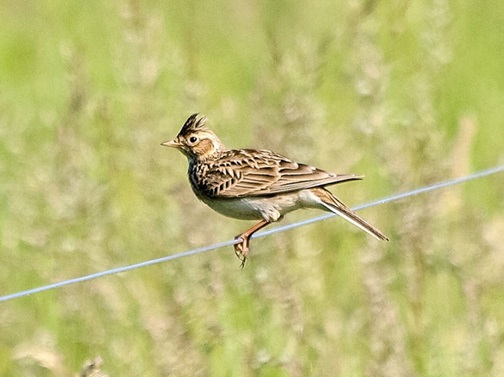
Lark, a small bird but sings very well.
The Lark (scientific name Alauda gulgula) is a bird native to Asia, Europe and parts of North Africa. They are widely distributed in the following countries:
- England : A symbol of culture, appearing often in poetry
- Russia, France, Germany, Japan : Occurs in temperate grasslands.
- China : Distributed in the northern plateaus and grasslands.
- Vietnam : Appears in many Central and Central Highlands regions such as Gia Lai, Kon Tum, Dak Lak.
Nowadays, with its beautiful appearance and super sweet singing voice, the lark is very popularly raised in Vietnam as a bird and a fighting bird.
Appearance, how to distinguish male and female larks
Let's learn in detail about the appearance of the Lark bird and how to distinguish between male and female Lark birds!
General appearance of the lark
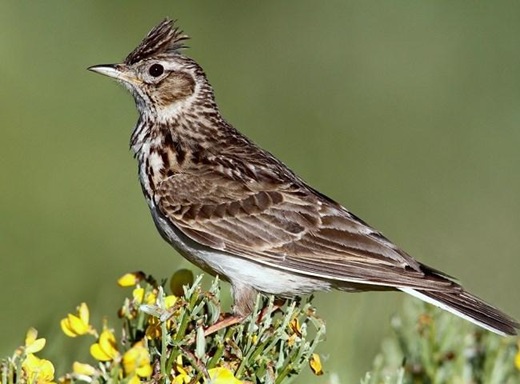
The characteristic appearance of a lark.
The Lark is a small but graceful and agile bird, suitable for grasslands and mountains. Here are some of the most prominent identifying features of the Lark:
- Size : Length is only about 16 - 18 cm.
- Weight : From 30 - 40g.
- Feather color : The main color is grayish brown, with dark brown stripes to help the bird camouflage well in dry grass and ground.
- Head : Has a small crest, often raised when the bird sings.
- Eyes : Round, big, dark brown, looks very smart.
- Beak : Long, slender, slightly curved.
- Legs : Long, strong, light brown.
- Tail : Long, fan-shaped.
How to distinguish between male and female larks

Male and female Larks have differences in appearance.
When the Lark is young, it is difficult to distinguish between male and female birds. But when they are adults, you can easily distinguish them based on the following factors:
|
Distinguishing factor |
Lark |
Roof lark |
|
singing voice |
long, high-pitched voice Can fly and sing at the same time |
Rarely sings, only makes monotonous, discrete, toneless calls. |
|
crest |
Sharper, higher when singing |
More compact |
|
Chest |
Tense, muscular |
Small, slim |
|
Foot |
Long, large scales, sharp nails |
Shorter, smaller, smoother scales |
|
Eyes |
Sharper |
More gentle |
|
Behavior |
More active and like to jump around Strong reaction when hearing other birds singing |
More calm, less reaction when hearing other birds singing |
Larks behavior
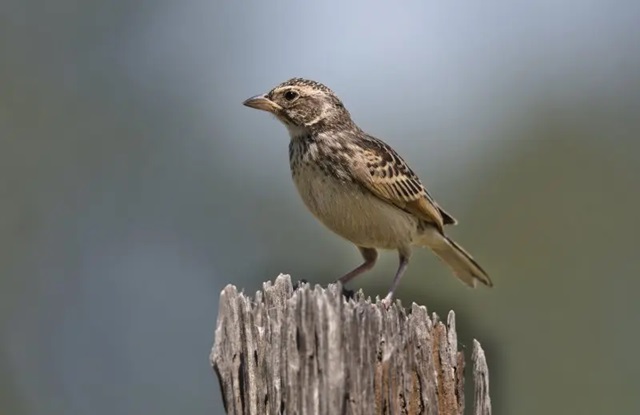
Lark birds prefer to live alone, only pairing up when breeding.
Let's find out if the Lark has any special habits and behaviors compared to other singing birds!
Habits
Larks mainly live in grasslands, fields, wild, open and quiet lands. They never live in dense forests or crowded, noisy urban areas. This bird species also prefers to live alone or in pairs, only occasionally gathering in small groups.
What is special is that although they are birds, they are mainly active on the ground, preferring to use their feet to dig for insects in search of food.
Ability to fly
Singing is perhaps the most distinctive feature of the Lark. The male bird has the ability to soar high into the sky and sing, creating a melodious and far-reaching sound. When it reaches a certain height, the bird will hover in place for a while before slowly landing, still singing as it flies.
Male birds are highly territorial.
Male larks are very territorial, especially during the breeding season. They will constantly sing loudly, fly around their “territory” and even fiercely chase away other males.
Is an omnivore leaning towards animals
Larks are omnivores but they are more carnivorous. They prefer to eat worms, ants, crickets, grasshoppers and other small insects.
Shy, easily panicked
Larks are very timid and easily panic when they hear strange noises or experience sudden changes in their environment. When they are locked in a cage and are not used to it, the bird may react violently by crashing its head into the cage walls.
They only become tame and can sing when people are nearby if they are raised and tamed from a young age.
The best technique for raising singing larks
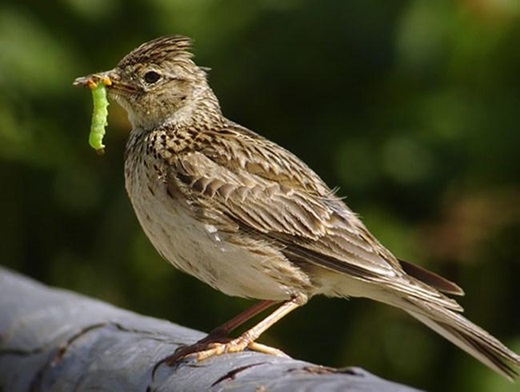
Image of a Son bird holding a green worm - a newly caught trophy.
If you want to raise a lark with the best singing voice, you need experience, patience and a suitable environment. Let's learn in detail about the most effective techniques for raising a lark to sing well, shared below.
Choose the best lark breed
The first important thing is to choose the right bird. If you want the Lark to sing well, you must choose a male bird, the female bird is only for breeding. You can rely on the section on distinguishing between male and female Larks that we shared above to choose which is the male bird.
Young larks should be chosen because they are easier to care for and tame than adult or old birds.
Choose the right cage and environment
A good cage and a suitable environment will help the Lark feel comfortable, adapt quickly and develop best. When choosing a cage to raise this bird, you need to pay attention to the following criteria:
- Size : the cage must be high and wide, from 50 - 70 cm or more, the higher the better because Larks have the habit of jumping high and singing.
- Cage bottom : Need to be lined with clean sand because Larks have the habit of digging in the sand to find food.
- Decorate with a bridge or mushroom : So that the fish can stand and rest or show off its singing voice.
- Cage location : Needs to be placed in a quiet place, with lots of light, away from smoke and dust so that the bird feels comfortable.
What do larks eat?
Lark is an omnivorous bird, prone to eating meat, so when raising them in a cage, you should feed them the following foods:
- Main food : Homemade bran by grinding corn flour, green beans, dried shrimp powder or use industrial bran specifically for singing birds if you don't have time.
- Supplemental food : You should feed the bird 2-3 times a week with fresh bait such as grasshoppers, crickets, worms,... or green vegetables such as bean sprouts, water spinach, chopped lettuce.
- Clean water : Must be available and changed daily.
Practice your voice every day
Practicing your voice every day is an important “key” to determining the quality of your lark’s singing voice. You should practice your voice based on the following steps:
- Pair your voice with a good singing bird: Let the Lark listen to the voice of an old Lark, with a standard singing voice so they can learn from it. You should play the recording for 1-2 hours every day in the early morning and cool afternoon.
- Sunbathing: Every day from 7am to 9am, you should take the lark's cage out to sunbathe to help your bird stay healthy and sing more happily.
- Stimulate birds to sing: You should stimulate the Lark to sing by whistling or gently tapping the cage.
Health care, disease prevention for Lark
Health care and disease prevention are important factors in helping the Lark grow up healthy, sing well and live long. Please apply some of the following:
Optimal disease prevention:
- Keep the cage clean, remove leftover food, wash the feed troughs, water troughs, change clean sand to line the bottom,...
- Limit frequent cage changes to avoid stressing the bird.
- Do not feed too much fresh bait.
- Observe the expression, behavior, and droppings of the Lark every day to promptly detect abnormalities.
Common diseases in larks:
|
Disease name |
Symptom |
How to handle and treat |
|
Diarrhea |
Loose, slimy, foul-smelling stools The bird is lethargic, tired, and doesn't sing much. |
Check the food quality again. Supplement digestive enzymes as directed by your veterinarian. Clean cages and pens. |
|
Respiratory infection |
Bird wheezing Sneezing a lot The birds are lazy and lazy to fly and jump... |
Change the location of the bird cage to avoid drafts. Sunbathe regularly Add more vitamin C to your food. |
|
Birds lose feathers abnormally |
Hair loss in large patches Red, rough skin |
Clean the cages and barns Provide a varied diet Add more minerals, zinc |
How much is a lark?
If you are planning to own a Lark, please refer to the following price list to see if it is suitable for your financial ability!
|
Larkspur |
Reference price (VND/piece) |
Note |
|
Young lark |
250,000 - 600,000 VND/child |
Young bird, can't sing yet |
|
The lark has learned to sing. |
2,000,000 - 5,000,000 VND/child |
The bird has been trained to sing well. |
|
Pure lark, beautiful figure, sweet singing |
Over 5,000,000 VND/child |
Purebred bird, has a super nice singing voice. For professional players. |
Where to buy larks?
Currently, larks are sold very popularly in Vietnam, you can find them at the following locations:
- Cho Tot: Various types of birds, various prices, public prices.
- Facebook groups: Such as "Skylark Passion Association" are not only places for trading but also for sharing experiences in effectively raising Skylarks.
- Bird shop near you: You can see birds directly and have the best care and warranty.
Questions and answers about the lark?
How long does it take for a lark to learn to sing?
Normally, larks have to go through their first molt at about 6 to 7 months of age before they start singing.
Do female larks sing?
Female larks do not usually sing, they only make simple, non-melodic calls.
What can larks eat?
They can eat many types of bran such as industrial bran or homemade bran from corn flour, green beans, egg yolks,...
What season of the year does the lark symbolize?
Lark often symbolizes spring with happiness, hope and luck.
What do larks usually eat?
When living in the forest, larks often eat seeds and insects such as worms, grasshoppers, locusts,...
Are larks and nightingales the same species?
The answer is no. Many people confuse them, but in fact they are two completely different birds.
Beautiful lark pictures
We invite you to admire the series of most beautiful and unique images of Lark birds that we share below to better visualize the appearance of this super singing bird!

A lark is resting on a wire.
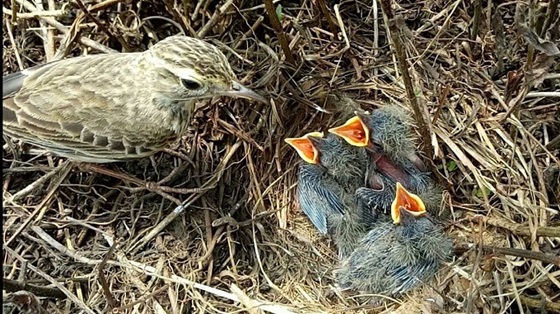
Image of mother lark taking care of her chicks.
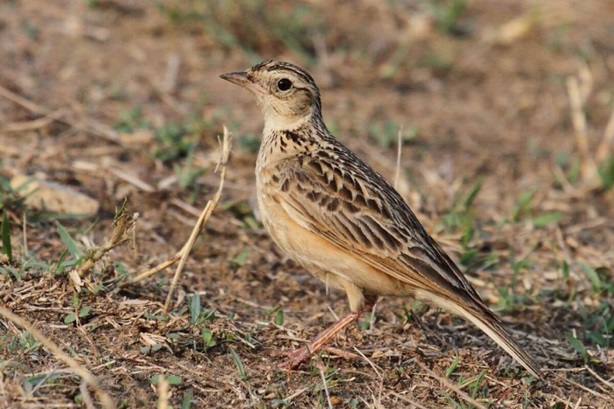
The lark has a color that is quite similar to the ground.

A lark with a “sly” look.
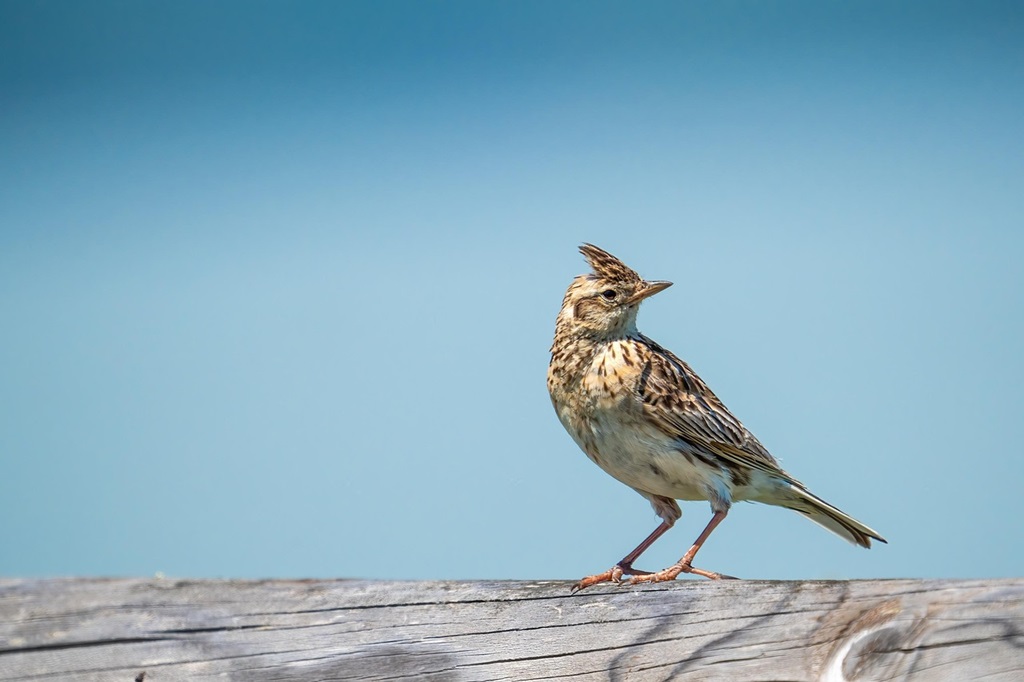
Image of male Lark with characteristic crest.
Through the above article, nicebirds.net has shared detailed information about the Lark bird . This is indeed a special bird, which can bring joy to the owner through its clear voice, many sounds and interesting habits. However, to help the Lark sing well, you need a lot of technical knowledge and patience.
Goodbye and see you again in other articles of the Blog section to learn more about the super rich world of ornamental birds!

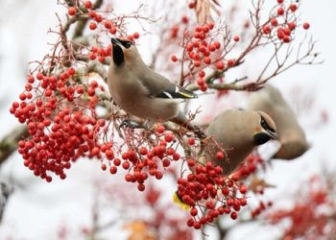

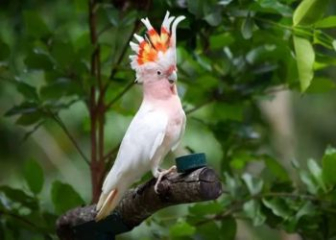
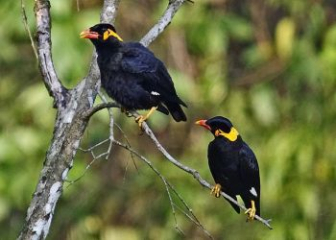
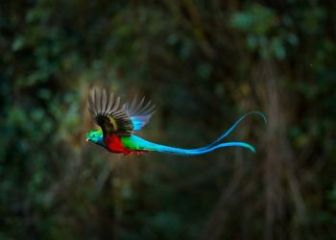





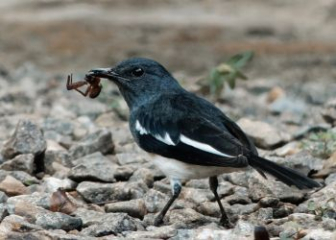
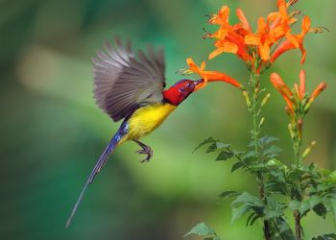


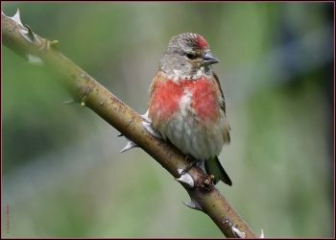
_350x250.jpg)
